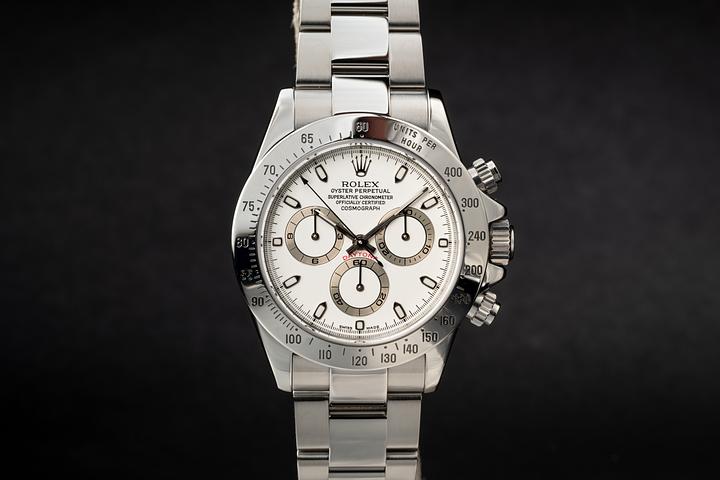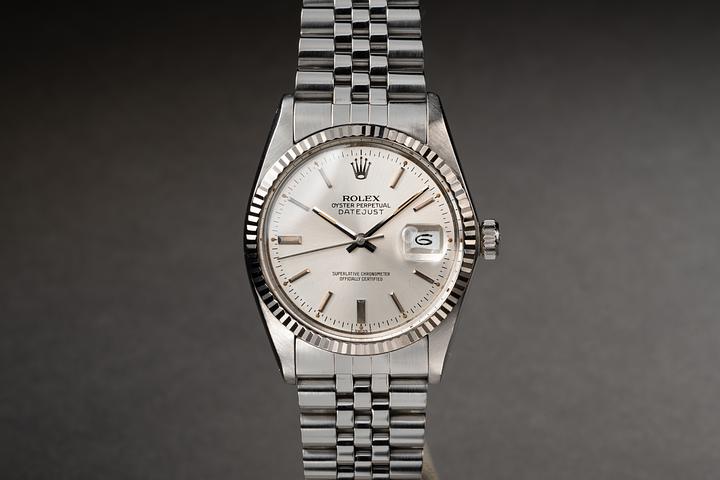Why Rolex Sports Watches Feature Iconic Mercedes Hands

Why Does Rolex Use Mercedes Hands? The Iconic Story Behind a Signature Design
Rolex is arguably the most recognizable name in the watchmaking world. Its blend of functional design, precision engineering, and rich history gives every timepiece a story to tell. But there's one little detail on many Rolex sport models—particularly the Submariner, GMT-Master, and Explorer—that tends to spark curiosity: the "Mercedes hand." That stylized hour hand divided into three segments with a resemblance to the Mercedes-Benz logo. Coincidence? Not really. But it's more than just aesthetic. The design has its roots embedded deeply in the practical demands of the Swiss watch industry, World War II history, and Rolex’s pursuit of legibility and adventure-forward functionality.
What Are Mercedes Hands Anyway?
Quick detour before the deep dive—when people refer to "Mercedes hands," they're specifically talking about the hour hand on certain Rolex watches that ends in a circular design divided into three segments. To most observers, it looks a lot like the logo of the Mercedes-Benz automotive brand. That resemblance triggers the obvious question: was this homage or coincidence? But there’s more going on here than meets the eye. This feature is part of Rolex’s broader signature on tool watches that prioritize clarity, durability, and function above all.
The Real Purpose: Lume Distribution and Legibility
Okay, so why the split design? The primary answer isn't flashy branding—sorry, car lovers—but rather the functional placement of luminous material. Back in the mid-20th century when Rolex began developing serious tool watches for divers and professional use, legibility in low-light conditions was essential. Rolex needed a way to differentiate the hour and minute hands clearly and fill both with enough luminous paint (at the time, radium or tritium) without compromise. The circle at the end of the hour hand provided a broad surface for lume, and the three-part segmentation ensured even coverage without weakening the metal structure of the hand itself. Clever, huh?
Clearing Up the Mercedes-Benz Myth
Now about that luxury car theory—it’s a common misconception. It’s easy to assume some kind of collab or tribute, especially since Rolex and Mercedes-Benz both enjoy elite reputations. But no, there’s no confirmed partnership or homage. The resemblance to the automotive brand’s emblem seems incidental, albeit uncanny. And Rolex has never officially addressed it as an intentional nod. So, while enthusiasts might enjoy a little speculative romance between luxury titans, the reality is rooted in pragmatism and industrial design function. Sorry to burst that bubble—though it does make for great trivia at a dinner party.
A Heritage of Tool Watches for Professionals
To really understand the decision behind the Mercedes hand design, you need to think about who Rolex was designing for in the 1950s and 1960s. Take the Submariner, first released in 1953—a diver’s watch built in collaboration with professional divers and military forces. Then the GMT-Master, developed for Pan Am pilots to track two time zones. In those high-stress environments, precision and visibility aren’t just preferences—they’re needs. The thick, luminous Mercedes-style hour hand offered unmistakable differentiation from the longer minute hand, even in murky waters or pitch-dark aircraft cabins. Rolex, ever the utilitarian, wasn't just dressing up a dial for flair. It was solving a very real usability problem.
Comparing Rolex to Other Swiss Watchmakers
Swiss watchmakers aren’t known for copying each other, but they do respond to industry standards and demands. You’ll see similar approaches to lume application and hand design on Omega’s Seamaster or Blancpain’s Fifty Fathoms, but not the Mercedes hand, specifically. That’s a Rolex thing, and it stuck. This goes back to Rolex’s emphasis on recognizable DNA. Just like the fluted bezel on a Datejust or the Cyclops lens over the date, the Mercedes hand became another defining feature in the company’s visual lexicon. They weren’t the first to play with this idea of segmenting lume, but they were certainly among the most enduring in popularizing it.
The Legacy Lives On—And Still Serves a Purpose
So yeah, more than just a quirk or a wink to German engineering, the Mercedes hand is still very much part of Rolex’s modern tool watch identity. Today’s models use Chromalight for luminescence—a substance that glows blue and lasts longer than older materials. But the segmented hour hand remains, doing exactly what it was designed decades ago to do: deliver high-contrast legibility in any lighting condition. Its presence on Rolex's sportier models is a nod to its adventuring roots, a bridge between utility and elegance that says, “Trust me, I was made for this.” Even if you’ll never go diving deeper than your neighborhood pool, that kind of resonance still matters. It means every part of these watches—down to the shape of the hands—was driven by purpose. And in luxury horology, that’s a rare thing.




